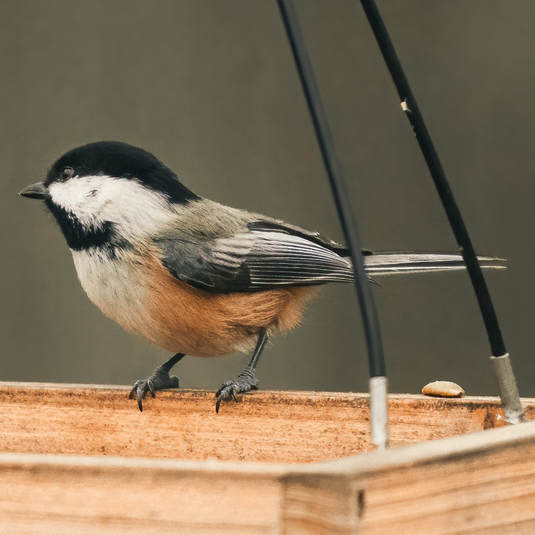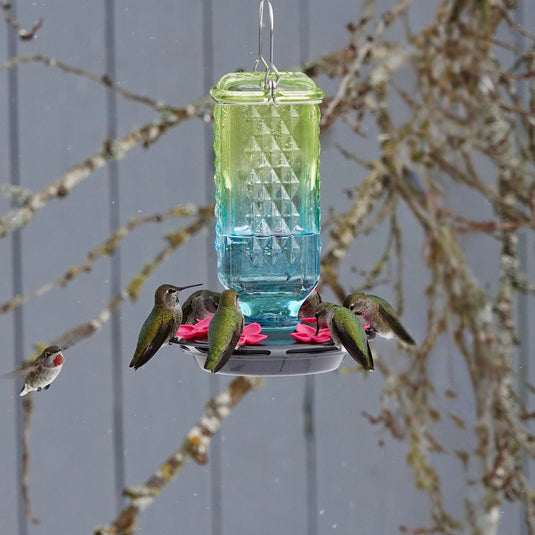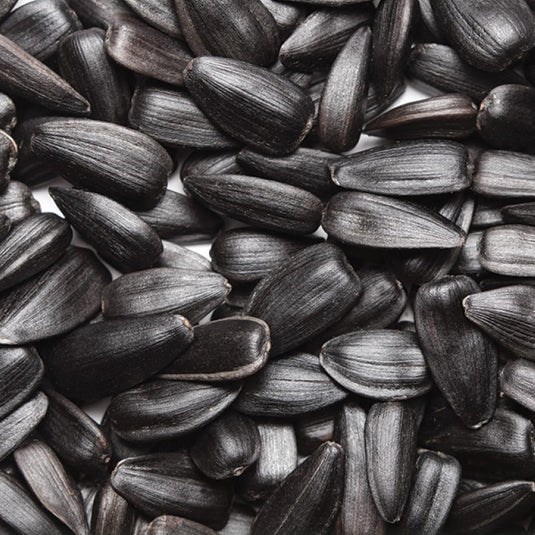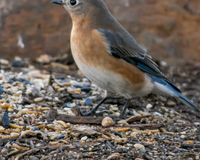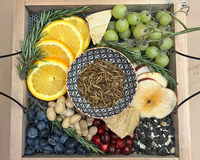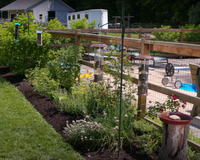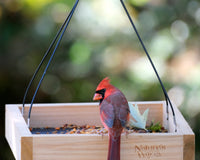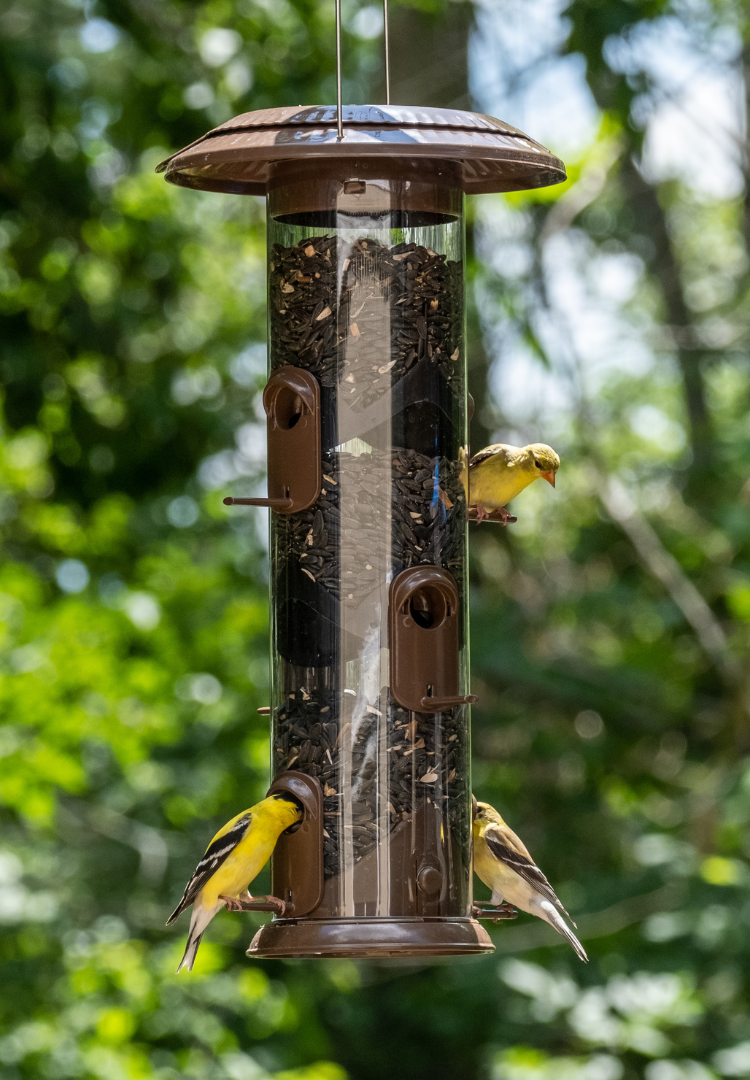Popular articles
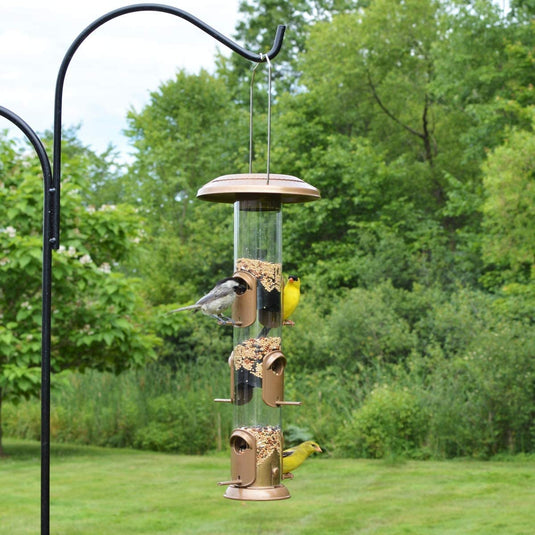
How to hang a bird feeder
If you’re looking for the best location to hang your bird feeder, setting up your first bird feeder, or adding a new bird feeder to your bird feeding station, these bird feeder hanging ideas will set you up for success!
Blog
-
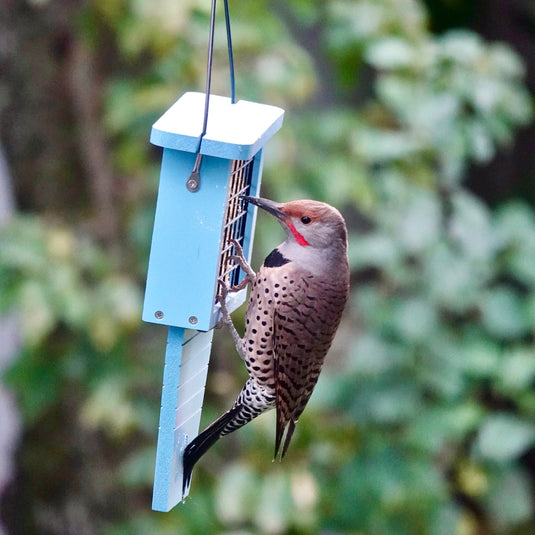
Best bird feeders for woodpeckers
Woodpeckers are some of the most fascinating backyard visitors! With their bold markings, drumming calls, and acrobatic feeding style, they are fun to watch and a rewarding challenge to attract.... -
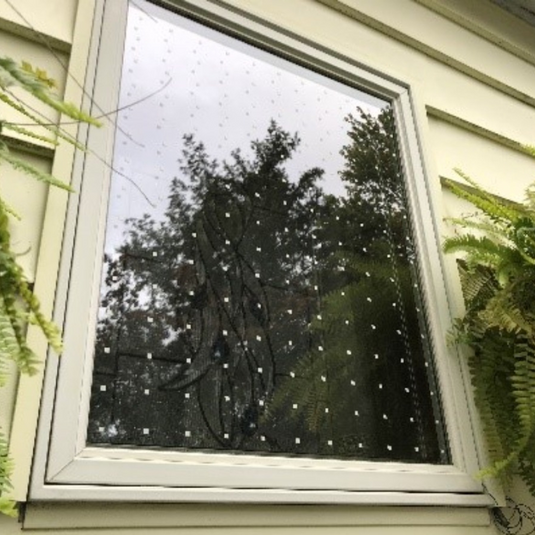
What to do if a bird hits your window
Each year, up to 1 billion birds die in North America after colliding with windows. According to the U.S. Fish & Wildlife Service, window strikes are the second leading cause... -

How to attract bats
Bats are often misunderstood, but these fascinating creatures are incredibly beneficial to the environment. Attracting bats to your garden or backyard can provide natural pest control, with many species capable... -

How to feed birds without a yard
Living in an apartment or a home without a yard doesn't mean you have to miss out on the joys of birdwatching. With a few thoughtful strategies, you can create... -
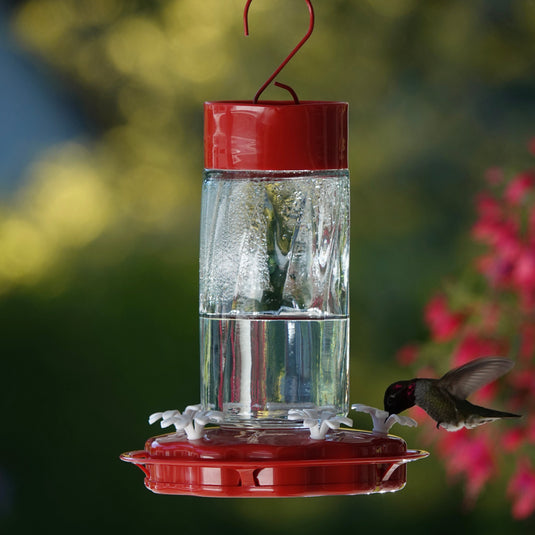
Hummingbird nectar 101: Everything you need to know about feeding hummingbirds safely
Pictured: Anna’s Hummingbird feeding from Scarlet Swirl Gravity Hummingbird Feeder Want to attract more hummingbirds to your yard? The secret is simple: offer fresh, homemade hummingbird nectar made with just sugar... -
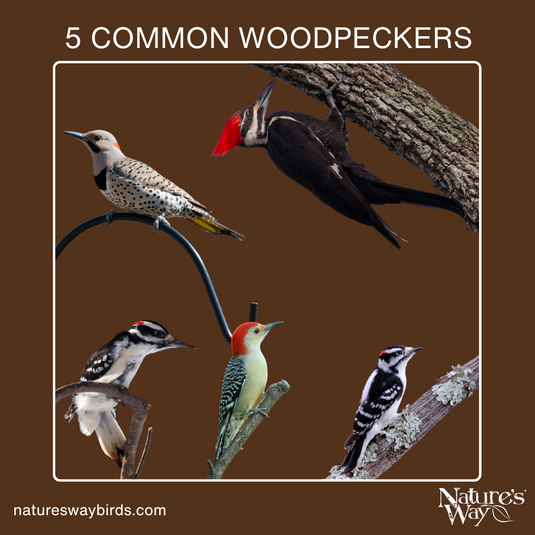
5 of the most common woodpeckers in the United States and Canada
Few backyard visitors are as striking or as easy to hear as woodpeckers! From backyards to forests, these birds play an important role in nature while also bringing plenty of...

